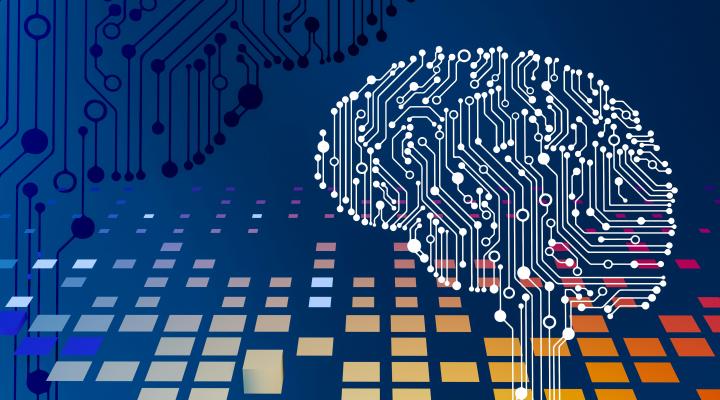The artificial intelligence (AI) market is huge, valued at almost $137 billion (approx. £114 billion) in 2022, with an expected compound annual growth rate of more than 37% from 2023 to 2030. The public’s fascination with AI is also growing, for instance, as seen in the adoption rate for ChatGPT, the fastest adoption of any available online service to date.
In this three-part blog series, ‘AI: the good, the bad and the ugly’, I’ll be sharing my top three points in support of each perspective; ideas and considerations which ultimately propelled me to embark on the Executive Diploma in Artificial Intelligence for Business at Saïd Business School, University of Oxford.
1. Positive possibilities
AI presents a multitude of possibilities across a wide range of industries and contexts, from automation in transport to high-risk job such as mining operation, from digital assistance like Siri and Alexa to complex financial matters such as portfolio management, anti-money laundering systems and high-frequency trading.
AI’s arrival into established fields of engineering, manufacturing, finance and medicine has also brought with it a new level of detection, spotting previously unexplained patterns beyond human knowledge or recognition to date. A key example lies in medicine, one of the most promising areas of AI, with great strides being made in the complex modelling of 3D genomic interactions. AI was also part of the frontline response to the Covid-19 pandemic, by tracking, screening and predicting the spread of the virus.
It is estimated that AI will largely impact all industries at some point in the future, so getting ahead of the curve now ensures professionals and organisations stay ahead of the curve.
2. Outperforming humans
In a recent study, AI could predict patients’ race from X-ray imaging with more than 90% accuracy, even when controlling for proxies or imaging-related surrogate covariates for race. Even the most senior and experienced physicians and technicians, established experts in their respective fields, have not been able to match the accuracy of AI nor explain how AI can predict people’s race from X-ray imaging. Essentially, looking at black-and-white photos of bones, one can appreciate why it may be hard to fathom the precise prediction levels of AI. This begs the question of whether AI may recognise differentiating elements of race that experienced, and presumably unbiased, professionals would not even consider.
In another example, AI has also played a role in accelerating the delivery of smart and electrical power systems by enhancing decision-making, allowing for optimisation in the energy market and controlling the delivery and storage of energy. In this instance, the AI model was trained on large historical data sets available to the developers, data that was a good fit as it did not contain inherent bias from humans.
Whilst AI’s capabilities may sometimes surprise us, crucially, the data it is trained on needs to be carefully selected and verified before being used.
3. The rise of AI ethics
Accounting for fairness, unbiased designs and ethical AI systems has been a topic of interest for researchers across study fields, ensuring that decisions in system architecture do not reflect discriminatory behaviours. This interest extends to the Executive Diploma in AI for Business, which focuses on how individuals can leverage AI as an effective, ethical tool in their organisation to drive performance. The introduction of regulations such as the EU AI Act, the world’s first comprehensive AI law, and the Executive Order on Safe, Secure and Trustworthy Artificial Intelligence from the US, are also the first steps on the road to a safer, more consistently ethical use of AI.
Oxford Executive Diploma in Artificial Intelligence for Business





